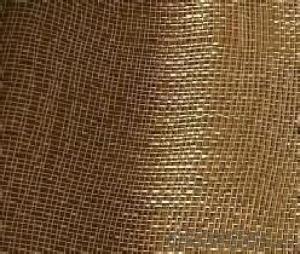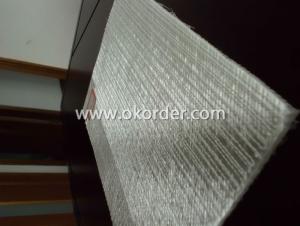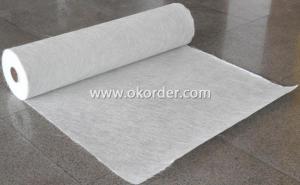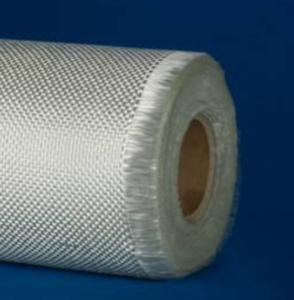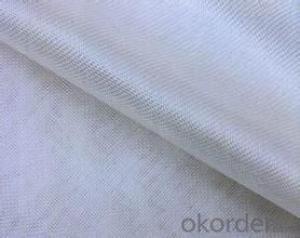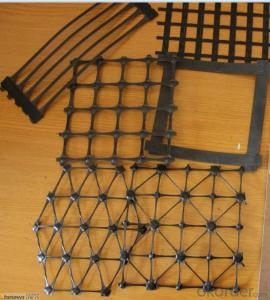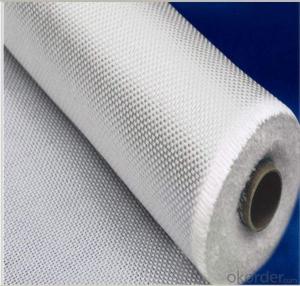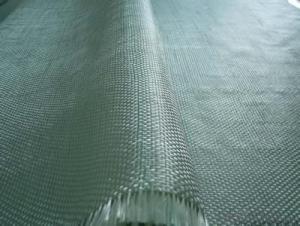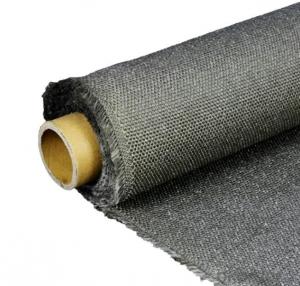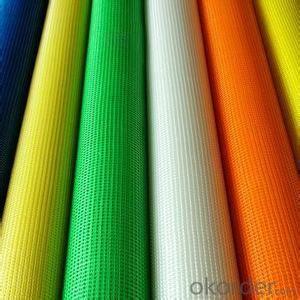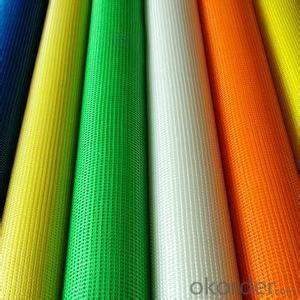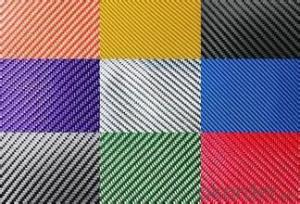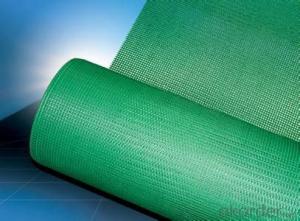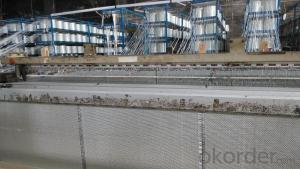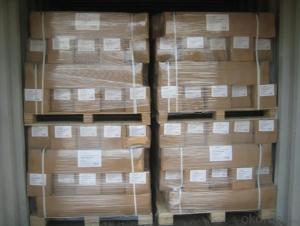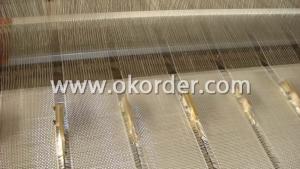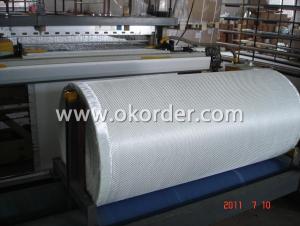Ptfe Teflon Coated Fiberglass Fabric High Temperature Silica Cloth CC2024
- Loading Port:
- China Main Port
- Payment Terms:
- TT OR LC
- Min Order Qty:
- -
- Supply Capability:
- -
OKorder Service Pledge
Quality Product, Order Online Tracking, Timely Delivery
OKorder Financial Service
Credit Rating, Credit Services, Credit Purchasing
You Might Also Like
Quick Details
| Place of Origin: | Model Number: | Weight: | |||
| Width: | Length: | Thickness: | |||
| Density: | Use: | Style: | |||
| Feature: | Supply Type: | Yarn Count: | |||
| Material: |
Packaging & Delivery
| Packaging Detail: | we packed 100m as one roll, one roll packed with box |
| Delivery Detail: | 3 days after get the deposit |
Specifications
high silica glass fiber cloth
1,300-1200g/m2
2,plain & Twill Woven
3,E-Glass
4,1000-2000mm
- Q: How is fiberglass fabric used in the packaging industry?
- Fiberglass fabric is commonly used in the packaging industry as a reinforcement material for packaging materials such as boxes, cartons, and crates. Its high strength-to-weight ratio and durability make it an ideal choice for providing structural support and protection to the packaged goods. Additionally, fiberglass fabric can also be used as a heat and moisture barrier, preventing damage caused by temperature variations and humidity during transportation and storage.
- Q: Is fiberglass fabric suitable for high-stress applications?
- Yes, fiberglass fabric is suitable for high-stress applications. It has excellent strength, durability, and resistance to heat, chemicals, and abrasion, making it a reliable choice for industries such as aerospace, automotive, and construction, where high-stress conditions are common. Its lightweight nature and flexibility further enhance its suitability for such applications.
- Q: Can fiberglass fabric be used for packaging?
- Yes, fiberglass fabric can be used for packaging in certain applications. Fiberglass fabric is known for its strength, durability, and resistance to heat and chemicals, making it suitable for protecting and securing various products during transportation and storage. It can be used to wrap fragile or sensitive items, such as electronics or glassware, providing a protective barrier against impact, moisture, and dust. Additionally, fiberglass fabric can be used as reinforcement material in packaging materials like tapes or straps, enhancing their strength and stability. However, it is important to consider the specific requirements of the packaging application and ensure that fiberglass fabric is the appropriate choice, as it may not be suitable for all types of products or packaging methods.
- Q: How do fiberglass fabrics perform in terms of breathability for human comfort?
- Fiberglass fabrics are not particularly breathable and may not provide optimal comfort for humans.
- Q: What's the price of fiberglass fabric penetrant?
- The company has strong technical ability, can help customers solve various formulations problems.
- Q: Can fiberglass fabric be used for making clothing?
- Yes, fiberglass fabric can be used for making clothing. Fiberglass fabric is known for its durability, strength, and heat resistance. It is commonly used in industrial applications such as insulation, fireproofing, and protective equipment. However, when it comes to clothing, it is not a popular choice due to its properties. Fiberglass fabric is stiff and can be itchy and uncomfortable against the skin. It also does not have good breathability, which can cause excessive sweating. Additionally, fiberglass fabric is not flexible and does not drape well, making it difficult to create clothing with a proper fit and movement. Therefore, while technically possible, fiberglass fabric is not commonly used in the fashion industry for making clothing.
- Q: What are the characteristics of glass fiber acoustic panels?
- Have a good shape, small volume density, thermal conductivity, both thermal insulation, sound-absorbing performance, corrosion resistance, chemical stability. Glass fiber sound-absorbing panels, referred to as glass wool or sound insulation cotton, glass wool is a category of glass fiber, is a man-made inorganic fiber. Glass wool is the melting of glass fiber, forming a cotton like material, the chemical composition of the glass, is an inorganic fiber.
- Q: Can fiberglass fabric be used for reinforcement in pharmaceutical tanks?
- Yes, fiberglass fabric can be used for reinforcement in pharmaceutical tanks. It is a common choice due to its strength, durability, and resistance to corrosion and chemicals. Additionally, fiberglass fabric is lightweight and easy to handle, making it suitable for various industrial applications, including pharmaceutical tank reinforcement.
- Q: What is the lifespan of fiberglass fabric?
- The lifespan of fiberglass fabric can vary depending on factors such as its quality, usage, and maintenance. However, on average, fiberglass fabric can last anywhere from 10 to 30 years with proper care and handling.
- Q: Is fiberglass fabric durable?
- Yes, fiberglass fabric is highly durable. It is known for its excellent strength and resistance to wear and tear. It can withstand extreme temperatures, chemicals, and harsh environmental conditions, making it a popular choice in various industries such as automotive, aerospace, and construction.
Send your message to us
Ptfe Teflon Coated Fiberglass Fabric High Temperature Silica Cloth CC2024
- Loading Port:
- China Main Port
- Payment Terms:
- TT OR LC
- Min Order Qty:
- -
- Supply Capability:
- -
OKorder Service Pledge
Quality Product, Order Online Tracking, Timely Delivery
OKorder Financial Service
Credit Rating, Credit Services, Credit Purchasing
Similar products
Hot products
Hot Searches
Related keywords
